What are the Best Solar Panels?
As the world moves towards renewable energy sources, solar panels have become increasingly popular. With numerous brands and models available, choosing the best solar panels can be overwhelming. This is even more true for companies installing solar systems as an investment as a 1% performance difference makes huge financial impact over 25 years. This comprehensive guide will help you make an informed decision by discussing the key factors to consider when selecting solar panels.
Factors to consider when choosing solar modules will depend on the application, budgetary constraints, origin, ethical standing and in some cases personal preference.
Bankability:
For industry expects, the number one go to reference for the best solar panels is the Bloomberg New Energy Finance (BloombergNEF) Tier 1 list. It is a research organization that provides data, news, and insights on the energy sector’s transformation. Their tier 1 list is a classification system indicating to investors and banks the most reliable and stable manufactures offering high quality products.
This criteria includes and is not limited to:
- Financial stability and reliability
- Production scale capability
- Successful implementation of large-scale projects, minimum 6 projects of 5MW over the past two years
- Market presence
Efficiency:
Efficiency refers to the amount of sunlight a solar panel can convert into usable electricity. High-efficiency solar panels generate more electricity per square foot, making them ideal for homes with limited space. Look for panels with efficiencies of 20% or higher for optimal performance.
Monocrystalline panels are more efficient compared to their polycrystalline counterparts, meaning they produce more power per m2. Over the lifetime of the system you would end up with more energy produced from the Monocrystalline panels meaning a higher return.
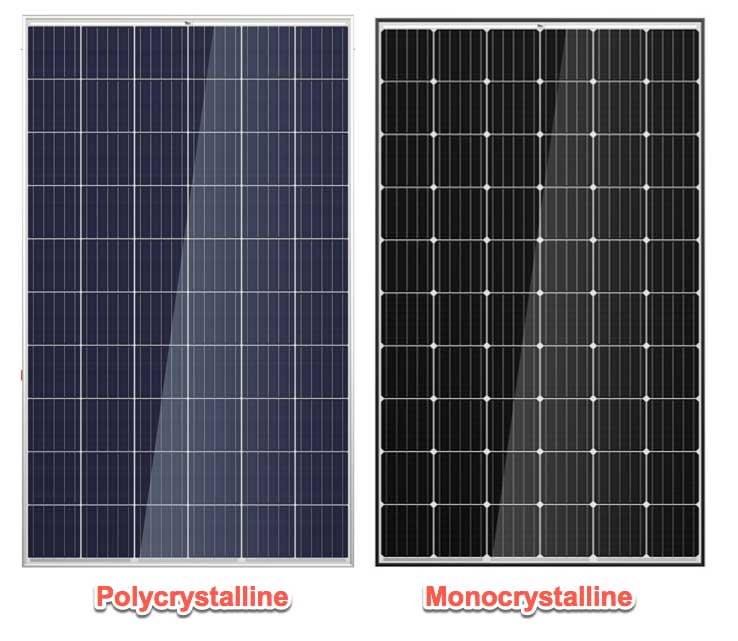
Durability:
Solar panels are exposed to various weather conditions, so durability is crucial. Look for panels with tempered glass, corrosion-resistant frames, and a solid backing to ensure they withstand harsh conditions. Additionally, consider panels with long warranties, typically 25 years, to ensure long-term performance.
Cost:
Cost is a significant factor when choosing solar panels. While high-efficiency panels may be more expensive, they can generate more electricity, reducing your overall costs in the long run. Compare prices from different manufacturers and consider any available incentives or rebates to lower your investment.
Depending on your area, there are solar rebates available as below:
Aesthetics:
Solar panels can impact your home’s appearance, so consider panels with sleek designs and uniform color schemes. Some manufacturers offer customizable options, allowing you to match the panels with your roof color or style.
Installation & Maintenance:
Ease of installation and maintenance is of utmost importance to reduce time spent installing and downtime maintaining the plant. Some panels have different connectors making it difficult to replace those connectors when need be.
Environmental Impact:
With the world going green, it is worth considering the environmental impact of the manufacturing process when choosing solar panels. Look for panels made from recycled materials or those with a lower carbon footprint. This ties with ESG goals of a company.
Origin:
For many tenders, there are sometimes requirements that the panels have to originate from specific regions. This is mostly related to political and social reasons. Political being tensions between two nations affecting trade relations. The social part addresses the fact that some manufacturing facilities use child labor for production.
Inverter Compatibility:
As better technology is released on solar panels, it is always best to check the compatibility with the inverter. This means checking the open circuit voltage and current to ensure that the panel’s specifications are within the inverter’s range. If the specifications are not checked during the design phase, this can damage the inverter’s MPPT.
Degradation:
Looking at degradation, Light Induced Degradation (LID) is when a solar panel is first exposed to sunlight and loses a percentage of its rated output.
- 1st year Degradation: During this phase, it is normal for a solar panel to lose 0.5 to 3% of its rated wattage (Wp) output in the first year of use.
- Annual Power Degradation: After this, the rate of LID reduces significantly, reducing to 0.3% to 0.6% per year for the next 25+ years.
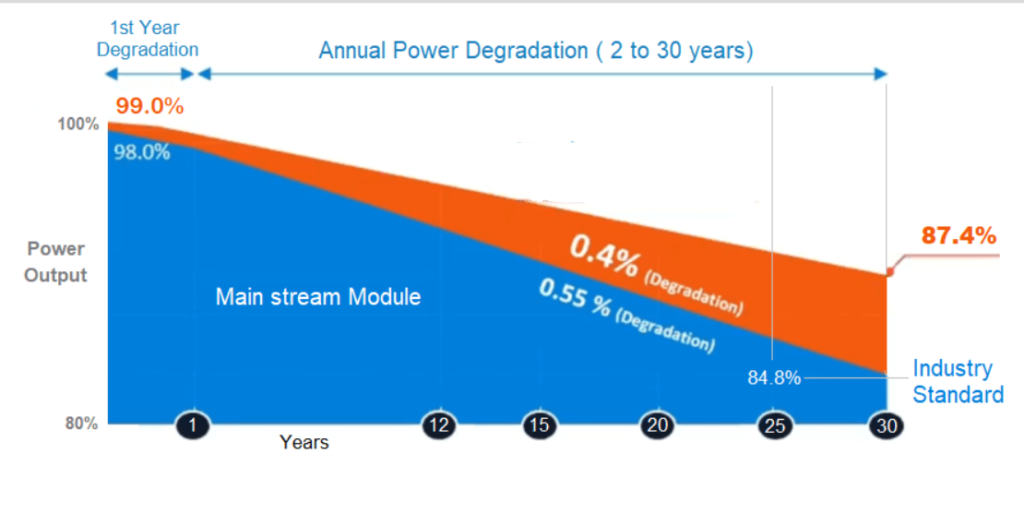
The pay-back-period of a system relies heavily on the amount of energy the solar system will produce over its lifetime and this is affected by these panel values. The diagrams below are further examples of degradation graphs that indicate the panel’s expected performance over a 25 or 30 year period compared to ‘standard module’ performance. For Panel B and C, it can be seen that their performance will be at 84.8% and 87.4% respectively. This means that Panel C will produce more energy over the 25 year period.
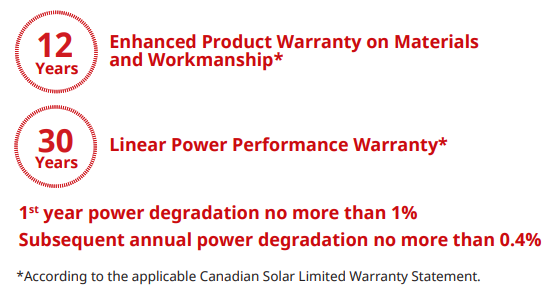
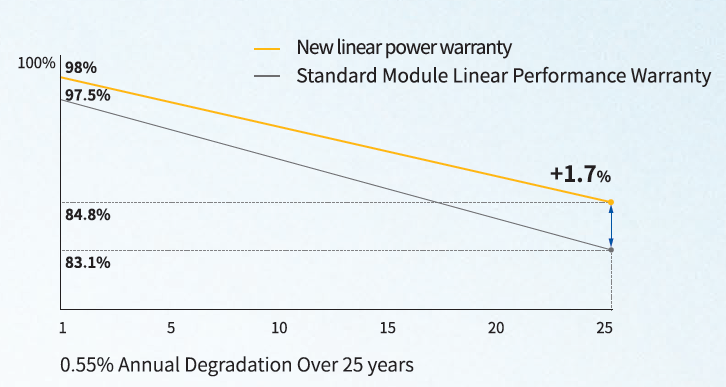
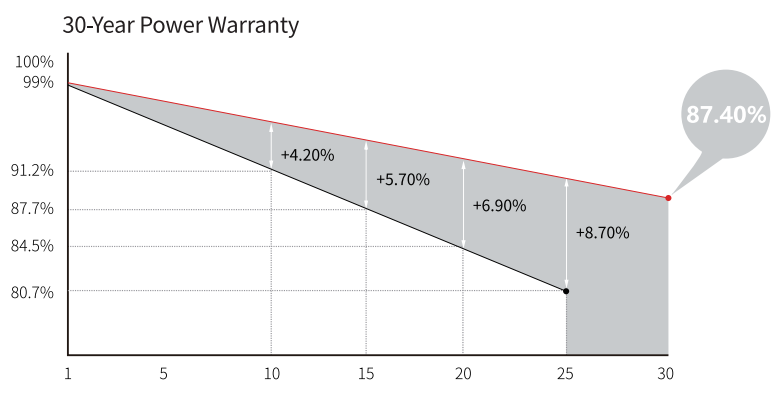
Choosing the best solar panels for home, business or PV power plants involves considering various factors, including efficiency, durability, cost, maintenance, degradation, and environmental impact. By carefully evaluating these factors among others, you can make an informed decision and enjoy the benefits of renewable energy.
The below panels have been around for a couple of years and have built great brand reputations. They have been listed as Tier 1 products for years. The list is dependent on region and market.

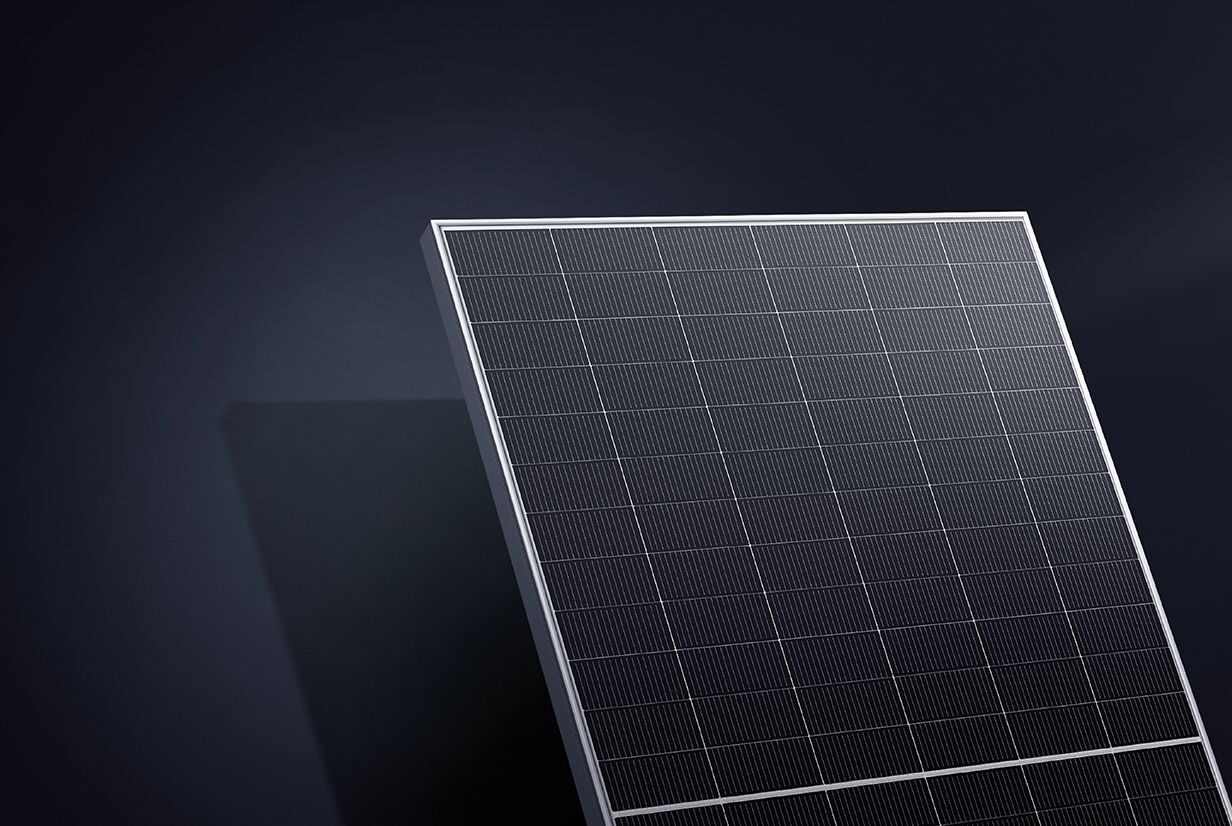
Leave a Reply